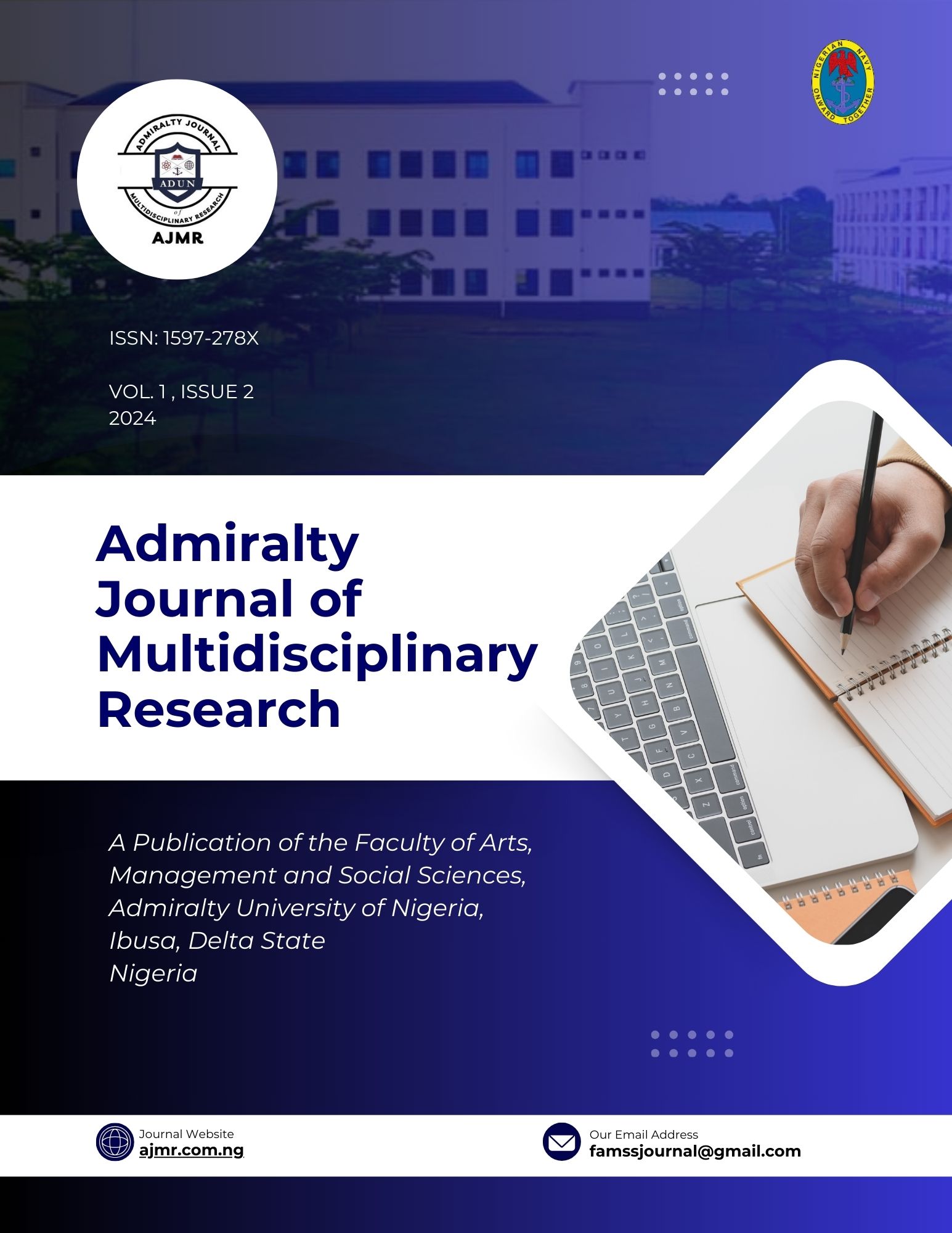The Scars of European Imperialism in Africa
Schlagwörter:
Economic exploitation, colonialism, development, industrialization, imperialismAbstract
The contact between Europe and Africa dates back to the fifteenth century. The relationship then
was centred on trade. The objective of this article is to determine the extent and depth of the
impact of European imperialism in Africa. This article contests that the main reason for European
imperialism on Africa was economic exploitation of the resources of Africa. It further states that
the Atlantic slave trade was abolished after the industrial revolution when it was no longer
profitable to own slaves. The abolition of slave trade led to the introduction of legitimate trade
which in turn paved way for imperialism. European imperialism in Africa, which lasted from the
late 19th century to the mid-20th century, was a period of intense colonization and exploitation of
African territories and resources by European powers. Driven by economic interests, political
rivalries, and a sense of cultural superiority, European nations such as Britain, France, Germany,
Belgium, Italy, and Portugal partitioned and occupied most of Africa, imposing their own systems
of governance, economy, and culture on the indigenous populations. In addition to the tremendous
bloodshed, displacement, and cultural loss that characterized this era, European industry and
expansion were fueled by the exploitation of African labour and natural resources. African
societies and economies were disrupted; and local institutions and traditions were undermined.
Finally, it is argued that imperialism retarded the development of industrialization in Africa;
destroyed African traditional religion; and the imposition of arbitrary boundaries on modern nation
states without considering the historical and ethnic background of the people is the major cause of
conflicts in Africa. The article submits that though some infrastructural facilities were provided
during that period, it was done to facilitate the process of economic exploitation.
Downloads
Downloads
Veröffentlicht
Ausgabe
Rubrik
Lizenz

Dieses Werk steht unter der Lizenz Creative Commons Namensnennung - Nicht-kommerziell 4.0 International.








